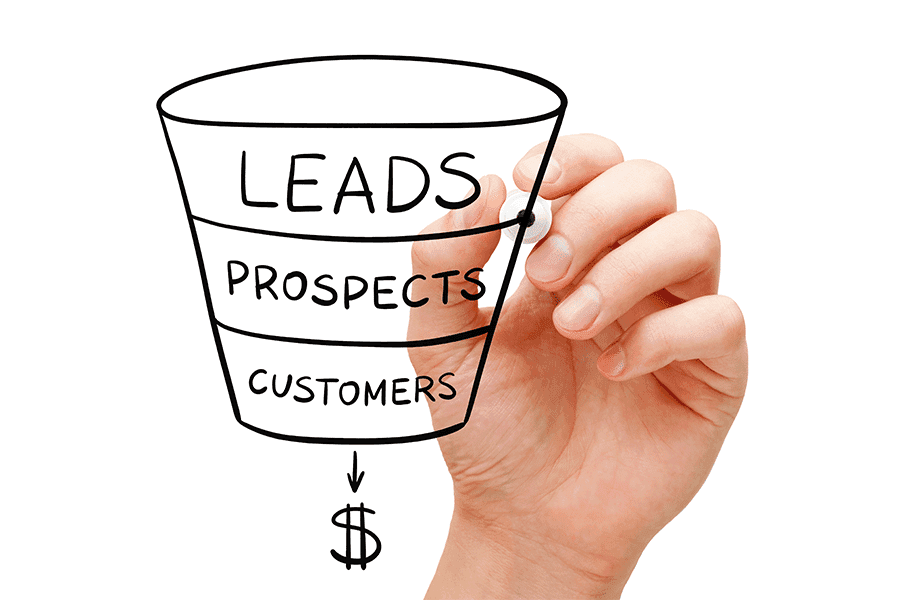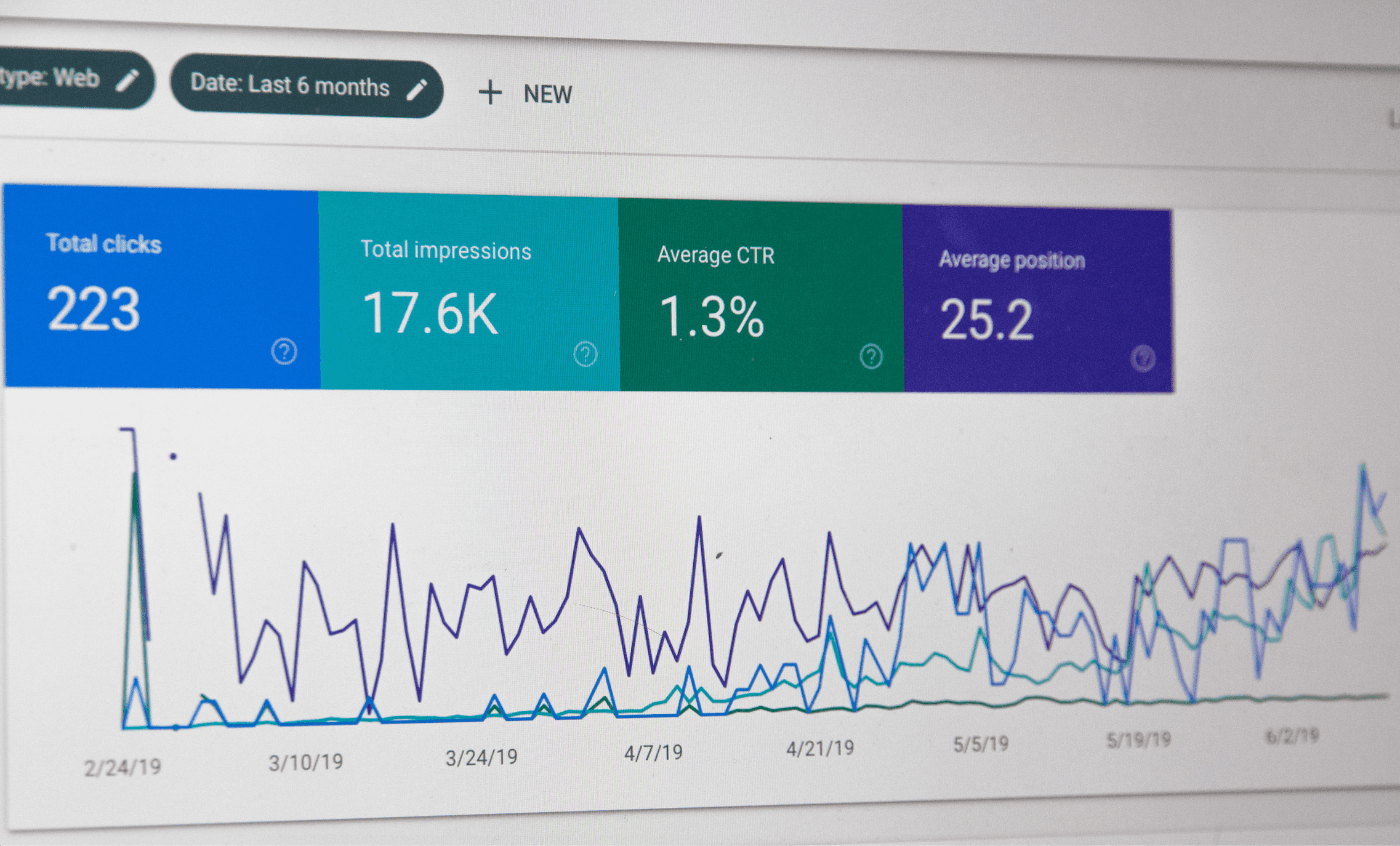How to Measure Content Marketing ROI in 2024 With Examples

Content marketing is the simplest and most effective way for businesses of all types to reach customers and increase their revenue. Unfortunately, not all businesses engage in it. And out of the few that do, only a few actually measure the ROI of their content marketing activities.
According to a recent Parse.ly study, 53% of organizations do not tie their content goals to revenue, and that’s a cardinal sin! With the looming recession and tight budgets, accounting for every dollar is imperative. If you don’t know how content impacts your bottom line, how can you justify it?
Luckily, this article will teach you all you need to know about measuring SEO, social media, and email marketing ROI. Continue reading to learn more.
Coming up:
Measuring Content Marketing ROI?
How to Calculate Content Marketing ROI (Example)
How to Calculate SEO ROI (An example)
Measuring Social Media Marketing ROI
How to Calculate Social Media ROI (An Example)
How to Calculate Email Marketing ROI (An example)
5 Common Tools for Measuring Content Marketing ROI
3. Hootsuite Social Advertising
5. Facebook Pixel and Conversions API
What is Content Marketing?

Content Marketing Institute defines content marketing as “a type of marketing that involves the creation and sharing of online material (such as videos, blogs, and social media posts) that does not explicitly promote a brand but is intended to stimulate interest in its products or services.”
In our terms, we define content marketing as the consistent creation of valuable content for your audiences with the aim of answering their questions and helping them figure out how to use your product or service to solve their problem. The ultimate goal of all content marketing efforts is building a strong relationship with your audience, generating a profit, and attracting new customers.
Content marketing is essential because it helps:
• Generate more leads – Content marketing helps connect with prospective customers and improve chances of a purchase. It can help you move problem-unaware audiences to solution aware through education.
• Increases retention – Content is the best way to stay top of mind. Blogs, Infographics, ebooks, case studies, videos, social media content, and emails, among others, are the best way to reinforce your positioning and messaging.
• Increases SEO results – Search engines reward businesses that create consistent high-value content by boosting their visibility, which in turn leads to higher website traffic and sales.
• Increases trust with the audience – Creating valuable content helps build deep connections with your audience because they know they can trust your recommendations which leads to higher brand positioning.
• Builds authority – Putting out valuable content combined with better SEO results and audience trust leads to topical authority, which results in your business being perceived as an authority/expert in a specific category.
What is ROI?

According to Investopedia, return on investment (ROI) is “a performance measure used to evaluate the efficiency or profitability of an investment.” ROI is normally used to measure the return on investment in relation to the cost of the investment.
Measuring Content Marketing ROI?

Applying the definition above, content marketing ROI is the percentage of revenue generated in comparison to the amount of money you spend. In other words, ROI = (Return – Investment ÷ Investment) x 100
How to Calculate Content Marketing ROI (Example)
Example 1:
– Total content marketing cost: $7,500
– Revenue/ Return: $10,000
ROI = (Return – Investment ÷ Investment) x 100
($10,000 – $7,500) /$7500 ) x 100
= 33.3%
Example 2:
– Total content marketing cost:$5,000
– Revenue/ Return: $1,175
ROI = (Return – Investment ÷ Investment) x 100
($1,175 – $5,000) / $1,175) x 100
= -65.7%.
In the first example, the content marketing ROI is 33% meaning you make around $1.33 for every $1 you spend. However, in the second example, the content marketing ROI is -66% meaning you lose $1.66 on every dollar you spend.
These examples are meant to show you how to calculate ROI and demonstrate that your content marketing efforts can go both ways: positive and negative.
That being said, one negative ROI report should not make you give up on your efforts. Instead, you should take stock of your data, learn from your mistakes, pivot, create a better strategy, and try again until you get your desired outcomes. It’s not a linear path for anyone, and it takes a lot of trial to hit the right combination of strategies that work well for your business.
Before moving on to the next section, it is essential to realize that not all sales are attributable.
Sometimes, factors like incomplete data can make it difficult to attribute sales to a specific channel even though the sale went through. Also, there’s intangible data that you can never quantify, like trust, brand positioning, and authority, whose effects can be felt over the long term.
Thus, it is important to keep an open mind when looking through your numbers and develop ways to improve your processes so that you can get more accurate data.
Measuring SEO ROI

Search Engine Optimization (SEO) is the process of optimizing your website and its contents so as to increase its ranking on the search results page. Simply put, SEO is about increasing the visibility of your website by getting on the first page of SERPs.
More visibility equals higher website traffic which results in higher sales and more leads. A huge part of SEO includes blogging because search engines use content to rank websites, and if your website doesn’t have a blog section, what content would search engines really use to rank your website?
To simplify, it is extremely difficult to rank websites without blogs, hence the need for an active blog section for every business website that has its sights set on ranking on search engines.

How to Calculate SEO ROI (An example)
• Here are 5 steps you can follow when calculating your SEO ROI:
• Find out your average click-through rate (CTR) by position
• Pull your conversion rates (CVR) for each analytics goal
• Identify the value ($) of each conversion goal
• Estimate traffic and revenue based on search volume
((Total Monthly Search Volume (MSV) * CTR) * CVR)) * Goal Value = Estimated SEO Revenue per Month
• Calculate the estimated SEO ROI
(Estimated SEO Revenue per Month – Cost to Implement Strategy) / Cost to Implement Strategy * 100 = SEO ROI
Measuring Social Media Marketing ROI

According to Buffer, social media marketing is “the use of social media platforms to connect with your audience to build your brand, increase sales, and drive website traffic.” Social media is a must-have for any brand these days because that’s where audiences are. Any business without an active social media account is playing a losing game.
We can’t emphasize the importance of social media for businesses (of any size) enough. Social media can help you:
• Tell your story
• Build brand awareness
• Generate leads
• Nurture leads
• Discover new opportunities
• Build brand authenticity
• Grow your audience
• Build a community
• Reinforce your positioning
Unfortunately, even with all these benefits, 34% of marketers are uncertain about their ability to measure the ROI of their social media marketing efforts. So what metrics should you be focusing on? Here are the most common:
• Engagement
• Reach
• Leads
• Conversions
How to Calculate Social Media ROI (An Example)
When calculating social media ROI, these are the metrics you should pay attention to:
• Lifetime value = customer value x average customer lifespan – How much do you earn on average from a customer?
• Lifetime value, multiplied by conversion rate – How much is each potential visit worth to you?
• PPC costs – How much would you end up paying if you were to use ads to achieve the same social media actions?
Email Marketing ROI

According to Mailchimp, email marketing is “the use of email within your marketing efforts to promote a business’s products and services, as well as incentivize customer loyalty.” You can use your email marketing efforts to boost awareness, nurture leads, and build relationships with existing customers.
Out of all content marketing channels, email marketing has the highest ROI, with an average return of $44 for every $1 you spend. This makes it a high priority channel that every business should leverage. Email marketing can also help you increase:
• Brand awareness
• Website traffic
• Revenue

How to Calculate Email Marketing ROI (An example)
While email marketing ROI is calculated using the same general ROI formula, there are more considerations that go into the cost breakdown as you’ll see below.
ROI = (Revenue – investment)/investment x 100
Example:
Investment/ Costs x 100
– Monthly email provider subscription – $200 x 12 = $2400
– Email marketer wages = $30,000
– Total investment = $30,000 + $2400 = 32400
If your revenue is = 108,000, then:
ROI = ($108,000 – $32,400)/$32,400 x 100 = 233.3%
5 Common Tools for Measuring Content Marketing ROI

Here are a few free and paid tools you can use to measure your ROI:
1. Google Analytics:
This is a free analytics platform provided by Google that is used to measure website traffic, conversions, and other SEO metrics. With it, you can track customer movement within your site and how they interact with your content using behavioral analytics like bounce rate, reading time, etc.
2. Social ROI calculator:
This tool is a free plug-and-play tool that only requires you to add your numbers, and you’ll get simple lifetime customer value ROI calculations. It can be used to calculate ROI on both paid and organic campaigns.
3. Hootsuite Social Advertising:
Hootsuite is a paid all-in-one platform that is used to manage paid and organic social media marketing campaigns. You can use it to analyze and create reports on all your social media campaigns in one place.
4. UTM parameters
A UTM is a short text code that is added to links in order to track critical data for attribution purposes. With the help of a UTM link, you can collect important data like traffic sources and the number of visitors. These links are mostly used within the bio section of Instagram and within posts on other social media platforms. UTM parameters can help you collect the most granular performance details.
5. Facebook Pixel and Conversions API:
A Facebook Pixel is a line of code that is added to your website in order to track conversions from FB ads. It helps track granular data connected to your FB ads and all actions taken by customers who land on your website from your FB ads. It is also important in audience segmentation and retargeting campaigns.
Though its effectiveness has reduced since the introduction of iOS14.5, it’s still a valuable tool, and you can use it together with Conversions API in order to access more detailed information.
Conclusion

Content marketing ROI is a crucial area that marketers need to pay attention to in 2023 in order to add more value to businesses and organizations. While getting all the systems you need in place might be a lot of work, we guarantee that it is worth the time.
Measuring the outcome of your content marketing activities will not only help you improve your efficiencies as a team. It will also help you impact the bottom line. Try it today and let us know how much your business improves.
If you need help setting up suitable systems to measure your content marketing ROI, don’t hesitate to reach out to us today!








